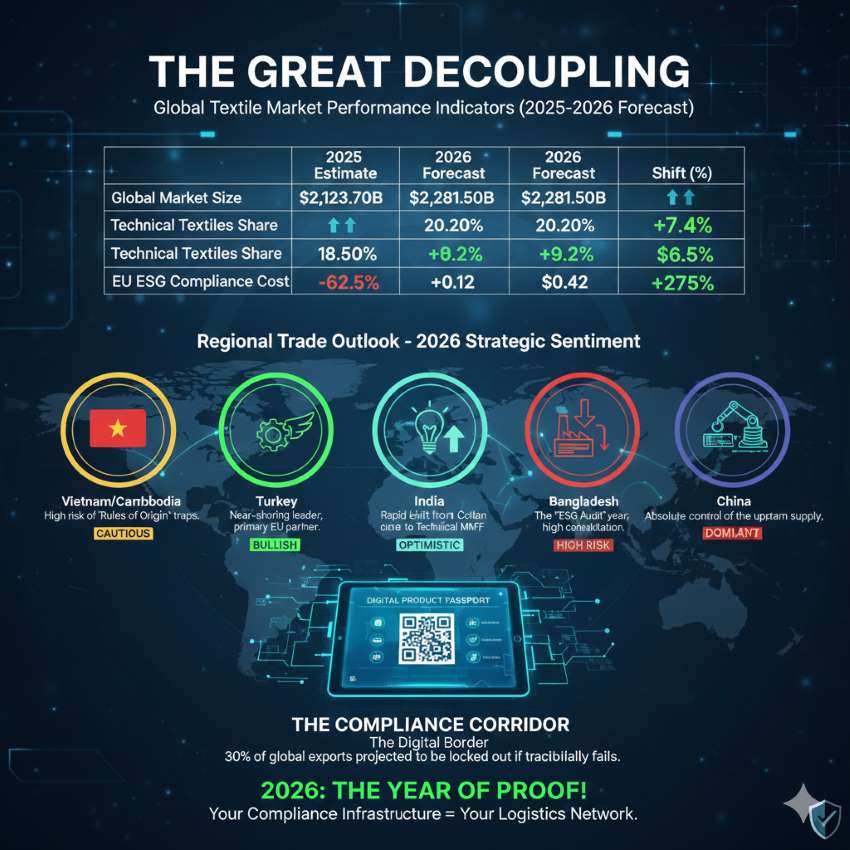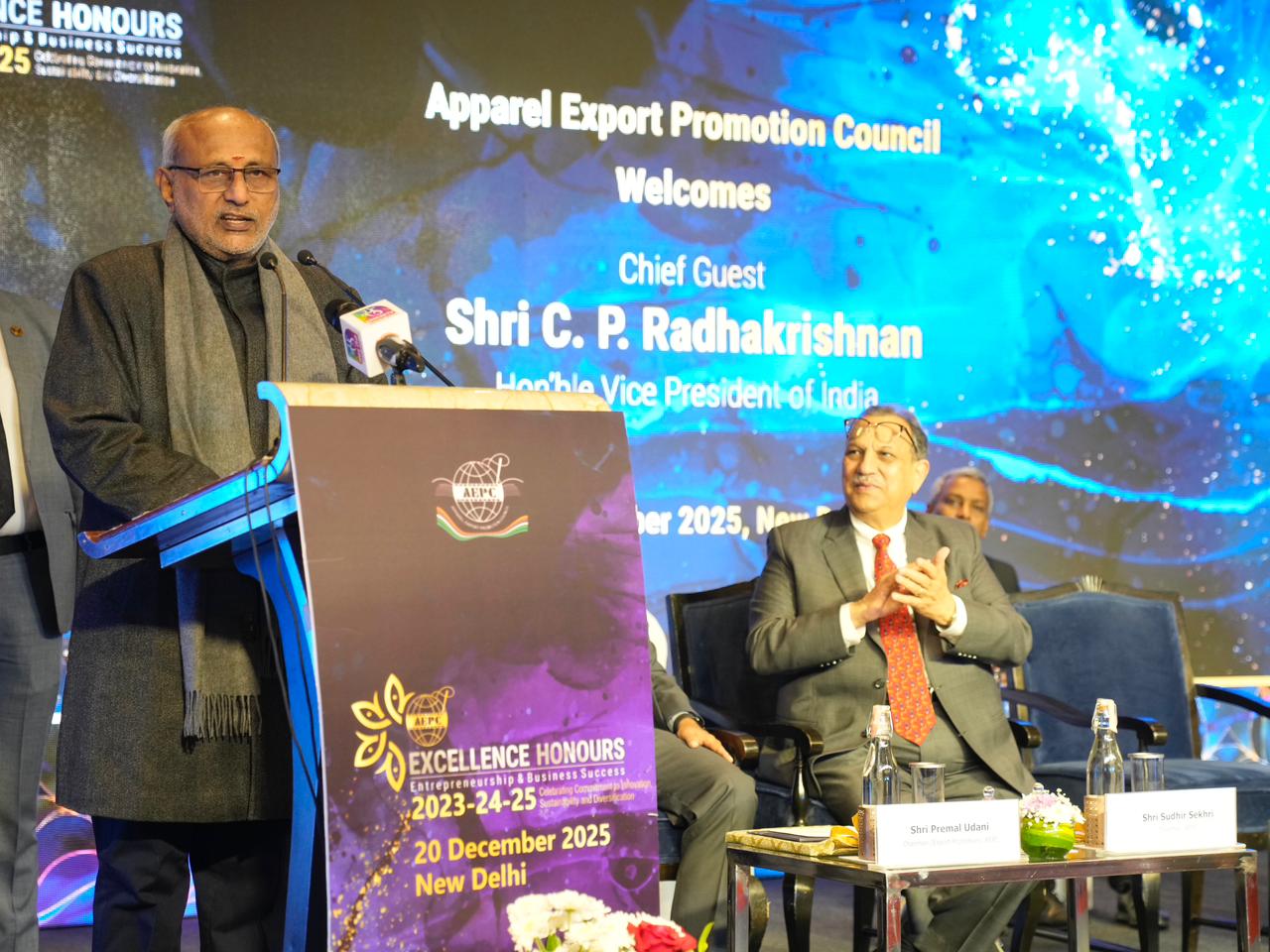"Digital printing is likely to bring high volume printing opportunities to industries such as paper, industrial surfaces of all kinds and textile. These industries are reluctant to hop on the bandwagon usually due to each application’s particular drawbacks but in most cases manufacturers are simply oblivious to the availability of digital printing’s advantages and capabilities also for high volume industries."
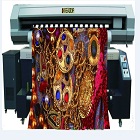
In today’s world, any printer can spurt out the advantages of digital printing over traditional printing. The graphic arts sector, signage and packaging industry are examples of industries which adopted digital printing technologies alongside traditional printing. Yet, some sectors are very slow to adapt to digital in spite of its advantages.
Digital printing is likely to bring high volume printing opportunities to industries such as paper, industrial surfaces of all kinds and textile. These industries are reluctant to hop on the bandwagon usually due to each application’s particular drawbacks but in most cases manufacturers are simply oblivious to the availability of digital printing’s advantages and capabilities also for high volume industries. In the textile industry, the majority of textile printing is done in traditional analogue method but there is a growing interest for digital printing on textiles. This demand may have emanated from dye sublimation printing on polyester achieved easily with a simple digital printer usually with the mediation of a transfer paper but the demand may have emanated from the textile industry’s latent acknowledgement of digital printing capabilities.
A necessity than an option
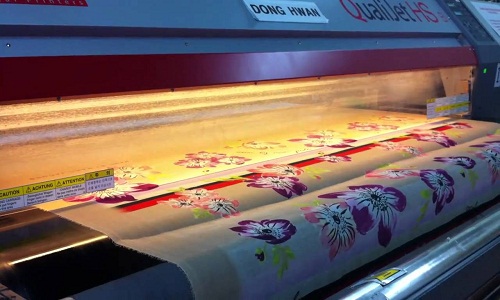
According to an industry experts, with each year passing the cost of digital printing is coming down. Very soon costs of digital printing and rotary will converge. Every year the difference is getting smaller. But the quality you get in digital you don’t get in any other form. It is impossible to get the same quality, color and depth in rotary or screen technology.
He opined that digital is environment-friendly, has no discharge, no waste. It is a totally green way of doing printing. We only print on the fabric where it is required. There is no testing or sampling required. You can print short run or long run.
Today, China is the world leader in digital printing in terms of volume. Whereas, Turkey is the leader in quality and volume put together. But India is catching up fast and it can bring the latest technology and the best pricing for customers.
Converting to digital is not an option. It is a necessity. And this is being done both for exports as well as for the domestic market.
Observed Mark Elvidge, Business Development Manager, Roland DG UK Ltd., Desk top printers have made things easy. Textile screens used to be made. It used to take 15 days to make a file. Colors were limited to eight or ten colors. Now we have 16 million colors. But, pricing is a problem. The difference is quite high. At one time the textile industry in India was dominated by small and medium units that had short runs and found this technology unviable. Now small orders of 20,000 or 30,000 meters are no big deal. At one time it used to be 500 or 1000 meters. Now, volumes have really gone high. In India there are about 150 fast machines now already installed.
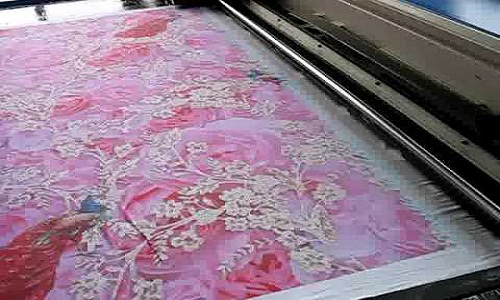
Said, Smarth Bansal, Brand Manager, ColourJet that the Indian market has taken to digital textile printing and a lot of Indians across the world are buying the most expensive machines. The machines don’t use as much water as traditional printing uses. So this is a big reason for people to convert. And shorter print runs are possible. You can have a number of designs. You can have low inventory management. So we are happy with the Indian and international markets.
Water and waste management
European markets have the largest share of digital printing in the pie because of the strict laws on water saving and waste management. And these machines do exactly that. So they have taken to this technology in a very big way. But in India people evade these issues and stick to traditional printing. But the market will grow in India because India is the second largest textile exporter.
Fashion apparel means a lot of new designs a day. This is possible with digital machinery. Bansal believes in approving one design from 70 odd design options. That’s the main reason digital textile printing is in vogue. Moreover, home furnishing sector have inventory management issues. That’s why they have adopted digital textile printing.
Digital machines have an advantage when it comes to indirect cost like waste management, water use, and inventories. Anything on screen printing needs a huge amount of inventory. You have to have huge amounts of print runs. But in digital you can give a command for even ten meters. So your inventory level goes down. Your stocks go down. You can produce more number of prints and designs for your customers. It is true that with digital machines you need the numbers. The machine cost is a big capital investment. So we feel you should buy the machine only if you have a decent production. There are people who buy even for sampling because sampling is also a big job.
Enabling sustainability
According to Sri, Director South Asia-Veit Machine, the garment industry is reviving. Markets like Vietnam, Bangladesh, Indonesia, Sri Lanka are coming up well. People are more toward technological up gradations, conserving energy, investing in solar panel installations. Garment sourcing is happening from south Asia. Earlier suits were made only in Europe for quality reasons. Now they are confident countries like Vietnam, Bangladesh have the technology and skill levels. So there is a volume shift to these markets.
Production costs in China are becoming substantially higher than the other markets. But China will remain the biggest apparel manufacturer because of its domestic consumption. But production of shirts, suits which don’t have much fashion changes has started moving out of China. That has flooded the market in Sri Lanka, Bangladesh, and Vietnam. Even in India to a certain extent we could see an inflow of shirts for export. China has become considerably expensive not only because of the operating cost but because of the devaluation of the currency. This made it more expensive to produce in China.
The garment industry has been forced to take up technological advancements. Earlier the industry was not too keen on taking up technology. They looked at the accounts and not really at the overall picture. Contract labour was hired. Issues like skill they never considered. So people are now looking at technology to reduce their dependence on contract labour. Technology is not only about upgrading labour but also about saving power and enabling sustainability.
Sunder Belani, Managing Director of Ramsons is of the opinion that people are looking at sustainability, saving energy, water, reducing chemicals in the wash cycle and reducing carbon footprint. They are looking at better standards of working. They want to standardize compliance systems. Technology is not just to reduce manpower, it’s also to give a better quality and automated systems, he concluded.



